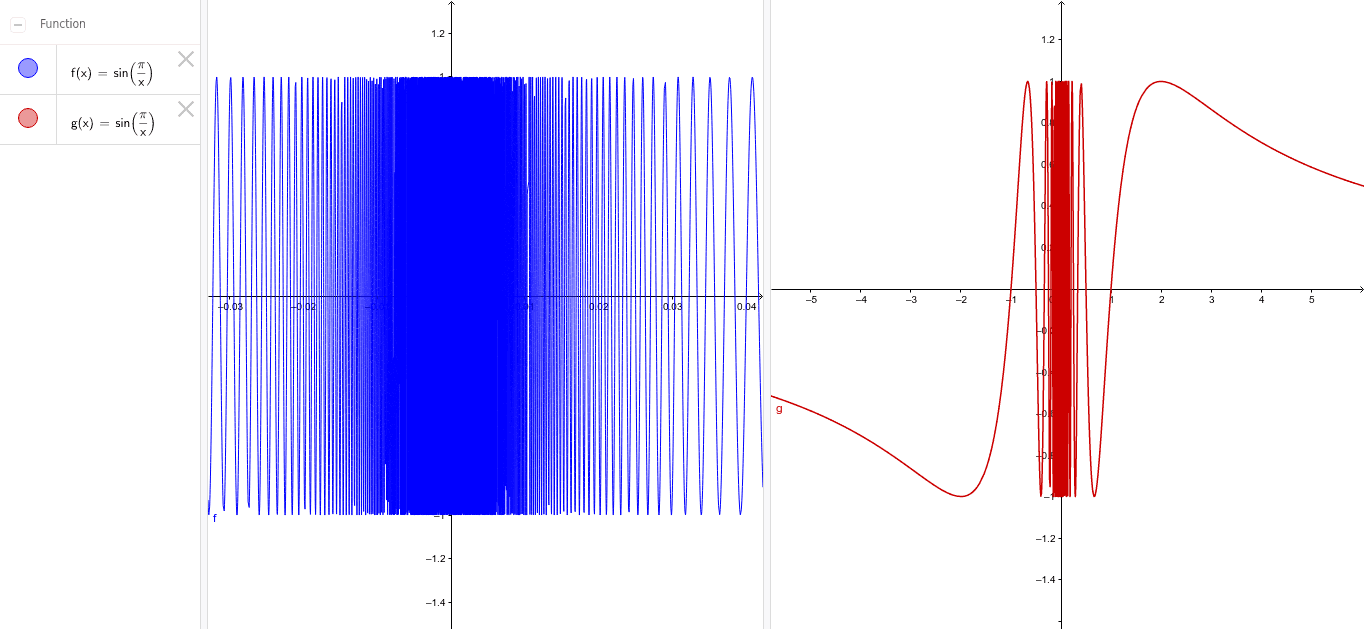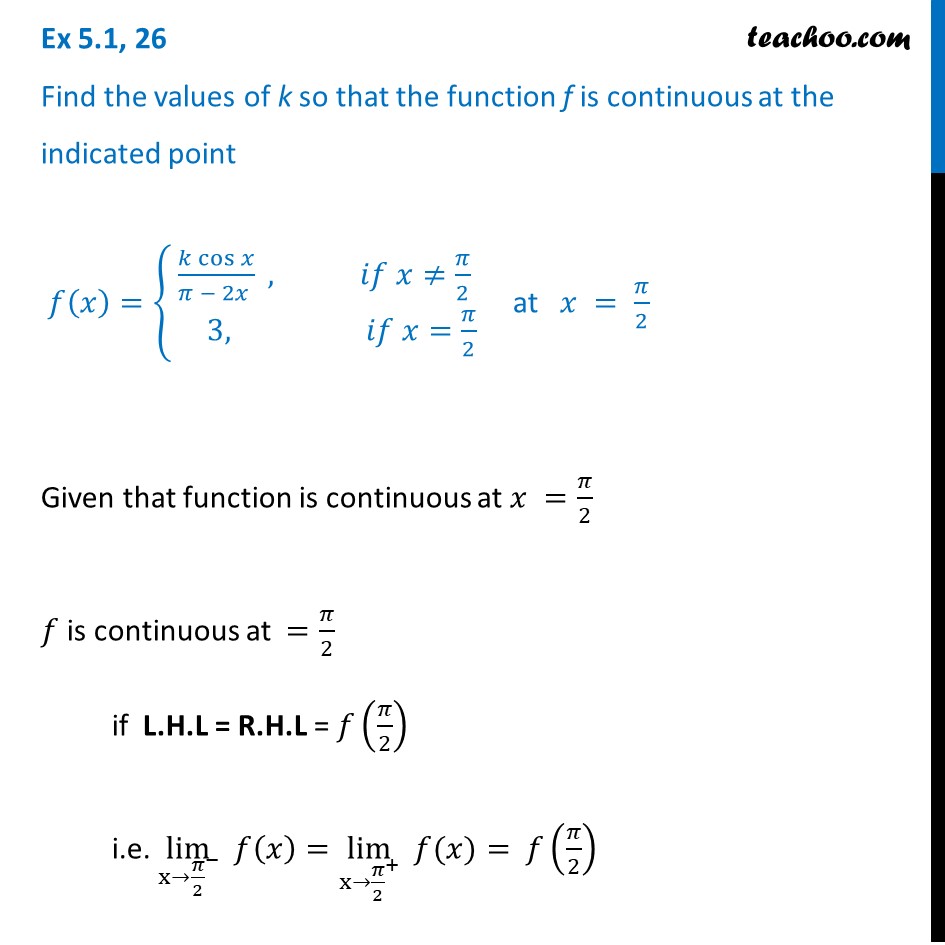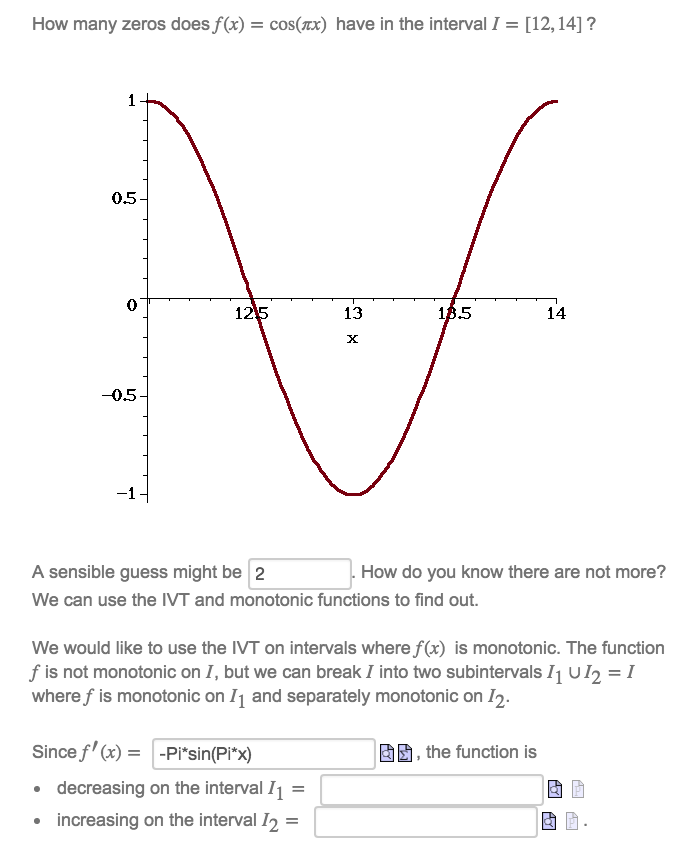![SOLVED: Entered Answer Preview Result (9/[(pi^3)*(n^3)1)*(16/[(pi^3)*(m^3)])* 16 [pitn-sin(pi-n)+2*cos(n-pi)-2]+ Tn sin(Tn) + 2 cos(nr) 2)(rm sin(wm) + 2 cos(wm) 2) incorrect T3n3 r8m? [pitm-sin(pitm)+2*cos(pi*m)-2] The answer above is NOT correct ... SOLVED: Entered Answer Preview Result (9/[(pi^3)*(n^3)1)*(16/[(pi^3)*(m^3)])* 16 [pitn-sin(pi-n)+2*cos(n-pi)-2]+ Tn sin(Tn) + 2 cos(nr) 2)(rm sin(wm) + 2 cos(wm) 2) incorrect T3n3 r8m? [pitm-sin(pitm)+2*cos(pi*m)-2] The answer above is NOT correct ...](https://cdn.numerade.com/ask_images/6d8471db5b624058a255c6631ad86008.jpg)
SOLVED: Entered Answer Preview Result (9/[(pi^3)*(n^3)1)*(16/[(pi^3)*(m^3)])* 16 [pitn-sin(pi-n)+2*cos(n-pi)-2]+ Tn sin(Tn) + 2 cos(nr) 2)(rm sin(wm) + 2 cos(wm) 2) incorrect T3n3 r8m? [pitm-sin(pitm)+2*cos(pi*m)-2] The answer above is NOT correct ...

Find g'(pi/3), h'(pi/3) if g(x)=f(x)sin x and h(x) = cos x/f(x).f(pi/3)=4, f'(pi/3) = -2 Derivative - YouTube
![For x in [0, (pi)/(2)] if int(tan x sqrt(sec x)(1+cos^(2)x))/(sqrt(cos x+sin^(2)x))dx=2sqrt(f(x)+1)+c and f((pi)/(3))=(3)/(2) then f((pi)/(4)) = (where[.] denotes I F) For x in [0, (pi)/(2)] if int(tan x sqrt(sec x)(1+cos^(2)x))/(sqrt(cos x+sin^(2)x))dx=2sqrt(f(x)+1)+c and f((pi)/(3))=(3)/(2) then f((pi)/(4)) = (where[.] denotes I F)](https://d10lpgp6xz60nq.cloudfront.net/web-thumb/212784174_web.png)
For x in [0, (pi)/(2)] if int(tan x sqrt(sec x)(1+cos^(2)x))/(sqrt(cos x+sin^(2)x))dx=2sqrt(f(x)+1)+c and f((pi)/(3))=(3)/(2) then f((pi)/(4)) = (where[.] denotes I F)
✓ Solved: Let f(x)=cos πx . Use Eq. (4.9) and the values of f(x) at x=0.25, 0.5, and 0.75 to approximate...
![If `f(x) = cos [pi]x + cos [pi x]`, where `[y]` is the greatest integer function of y then `f - YouTube If `f(x) = cos [pi]x + cos [pi x]`, where `[y]` is the greatest integer function of y then `f - YouTube](https://i.ytimg.com/vi/Ibx1ycLyoGE/maxresdefault.jpg)
If `f(x) = cos [pi]x + cos [pi x]`, where `[y]` is the greatest integer function of y then `f - YouTube

Find the value of the following :- `{:((a)sin((pi)/(6)),(b)cos ((pi)/(4))), ((c)tan((pi)/(3)), - YouTube
![If f(x)=cos[pi/x] cos(pi/2(x-1)) ; where [x] is the greatest integer function of x,then f(x) is continuous at : If f(x)=cos[pi/x] cos(pi/2(x-1)) ; where [x] is the greatest integer function of x,then f(x) is continuous at :](https://d10lpgp6xz60nq.cloudfront.net/ss/web/51560.jpg)
If f(x)=cos[pi/x] cos(pi/2(x-1)) ; where [x] is the greatest integer function of x,then f(x) is continuous at :
![The fundmental period of f(x)=cos[pi]x+ sin[-pi]x is: ( where [] is the step function ) - Maths - Relations and Functions - 13984925 | Meritnation.com The fundmental period of f(x)=cos[pi]x+ sin[-pi]x is: ( where [] is the step function ) - Maths - Relations and Functions - 13984925 | Meritnation.com](https://s3mn.mnimgs.com/img/shared/content_ck_images/ck_5d9b6642204ee.jpg)
The fundmental period of f(x)=cos[pi]x+ sin[-pi]x is: ( where [] is the step function ) - Maths - Relations and Functions - 13984925 | Meritnation.com


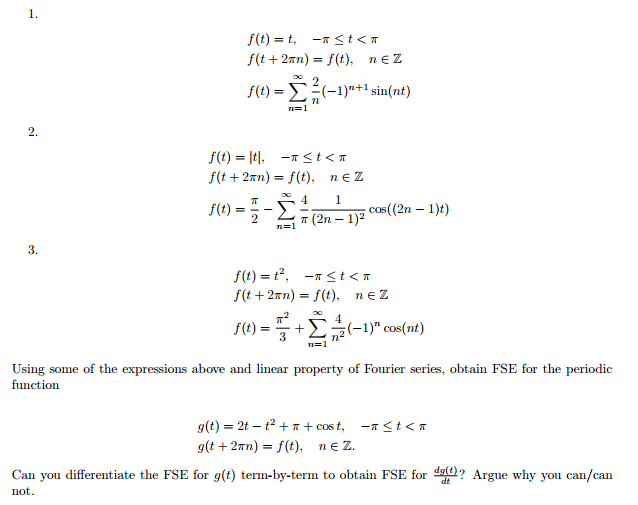



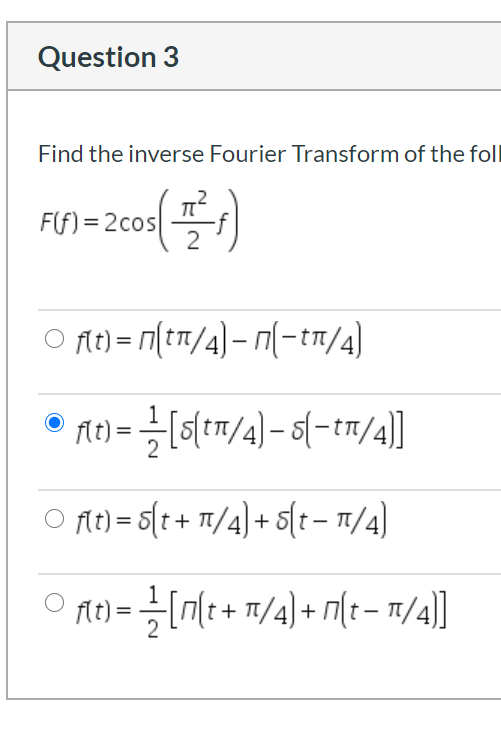
![Inverse Fourier Transform of | cos[(2 pi f)/100)] | - Mathematics Stack Exchange Inverse Fourier Transform of | cos[(2 pi f)/100)] | - Mathematics Stack Exchange](https://i.stack.imgur.com/IIZ5d.jpg)

